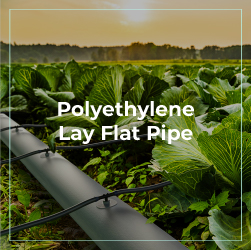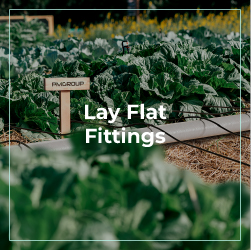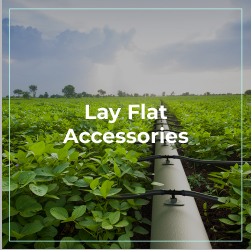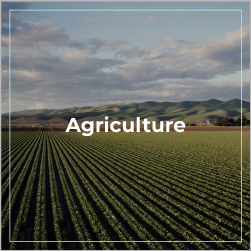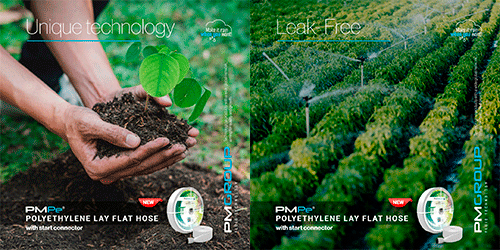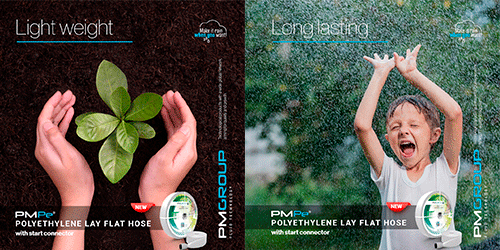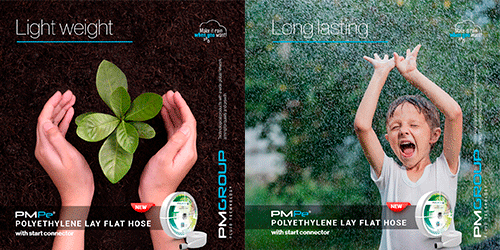Layflat pipes, also known as flexible or collapsible pipes, have become increasingly popular in various applications, from agricultural irrigation to construction projects. Their versatility and ease of storage make them a convenient choice, but it’s essential to evaluate their environmental impact to ensure sustainable use.
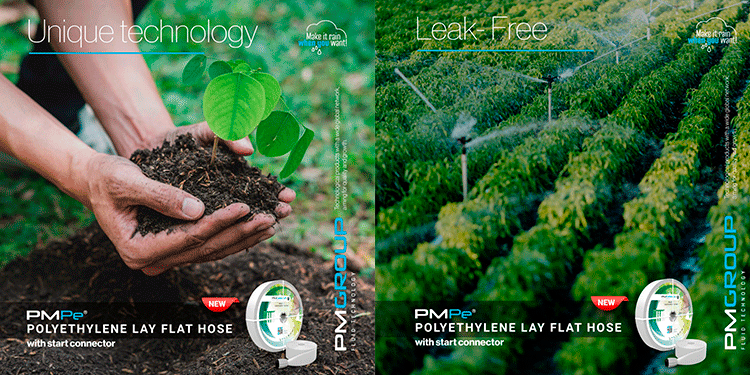
What Are Layflat Pipes?
Layflat pipes are designed to be lightweight and flexible, allowing them to be easily laid out and used in various applications. Typically made from materials such as PVC, TPU, or rubber, these pipes can expand when in use and collapse flat for convenient storage and transport.
Environmental Impact
- Material Composition: The environmental impact of layflat pipes begins with their material composition. Many layflat pipes are made from synthetic materials like PVC or TPU, which are derived from petrochemicals. The production of these materials involves significant energy consumption and emissions of greenhouse gases. Additionally, synthetic materials can contribute to microplastic pollution if they degrade over time.
- Durability and Longevity: One of the benefits of layflat pipes is their durability. However, their longevity can vary depending on the quality of the materials used and the conditions in which they are employed. High-quality layflat pipes can last for several years, reducing the frequency of replacements and thereby decreasing overall environmental impact.
- Recycling and Disposal: The disposal of layflat pipes poses an environmental challenge. Many of these pipes are not easily recyclable due to their composite materials. When not disposed of properly, they can contribute to landfill waste and environmental pollution. Efforts are being made to improve the recyclability of these materials, but the current options are limited.
- Usage Efficiency: In applications such as irrigation, layflat pipes can offer efficiency benefits. For instance, their flexibility allows for more precise water distribution, which can lead to water conservation. Effective use of layflat pipes in irrigation systems can contribute to more sustainable agricultural practices, potentially offsetting some of their environmental drawbacks.
- End-of-Life Management: Proper end-of-life management is crucial for minimizing the environmental impact of layflat pipes. This includes exploring recycling options, repurposing the materials, or ensuring responsible disposal. Innovative approaches in material science and recycling technologies are needed to address these issues more effectively.
Layflat pipes offer many advantages in terms of flexibility, ease of use, and storage. However, their environmental impact cannot be overlooked. By considering the material composition, durability, and end-of-life management, users and manufacturers can work towards minimizing their ecological footprint. Future advancements in materials and recycling processes may further improve the sustainability of layflat pipes, making them a more environmentally friendly option in the long term.

